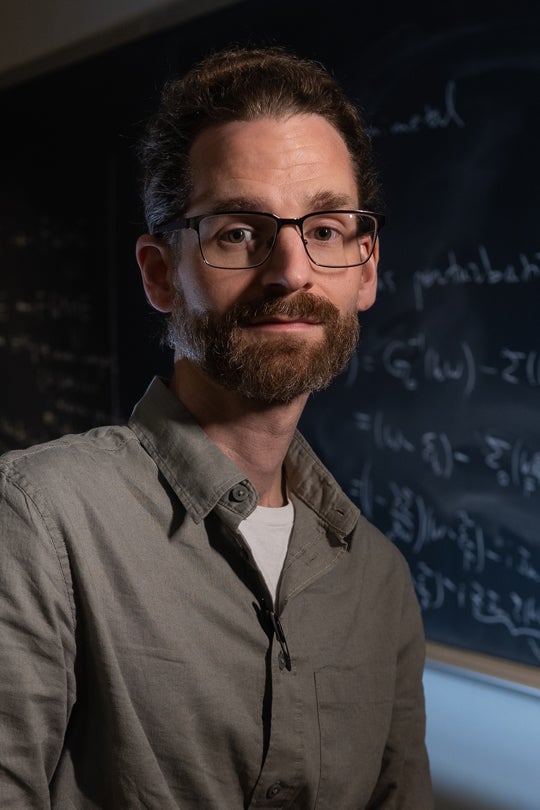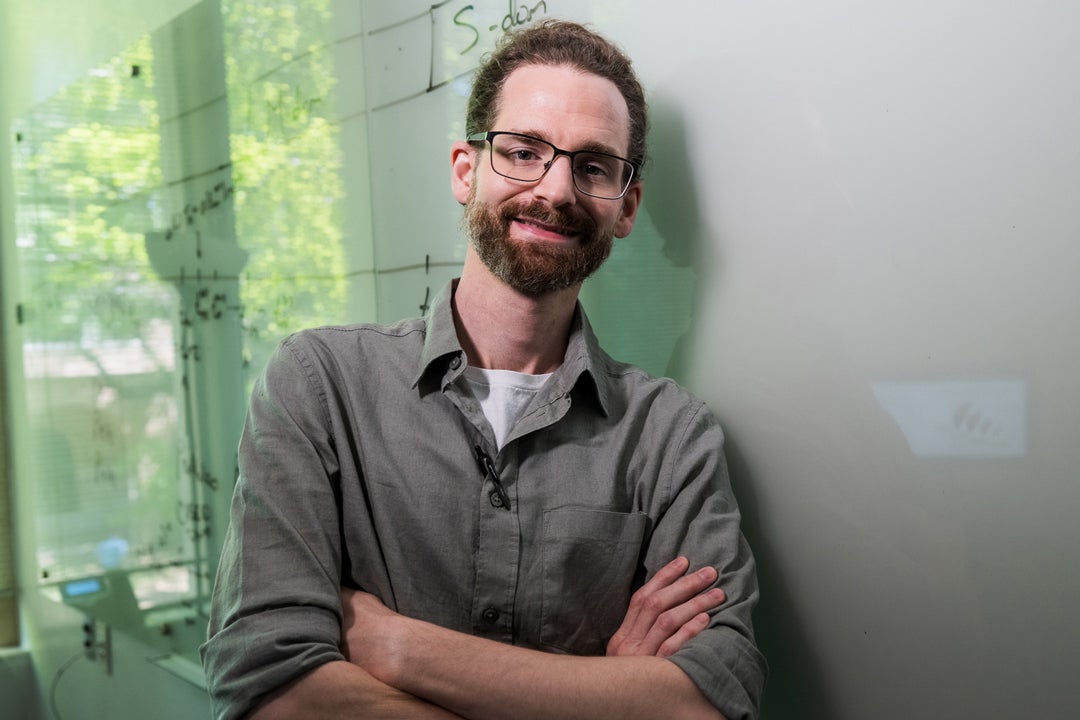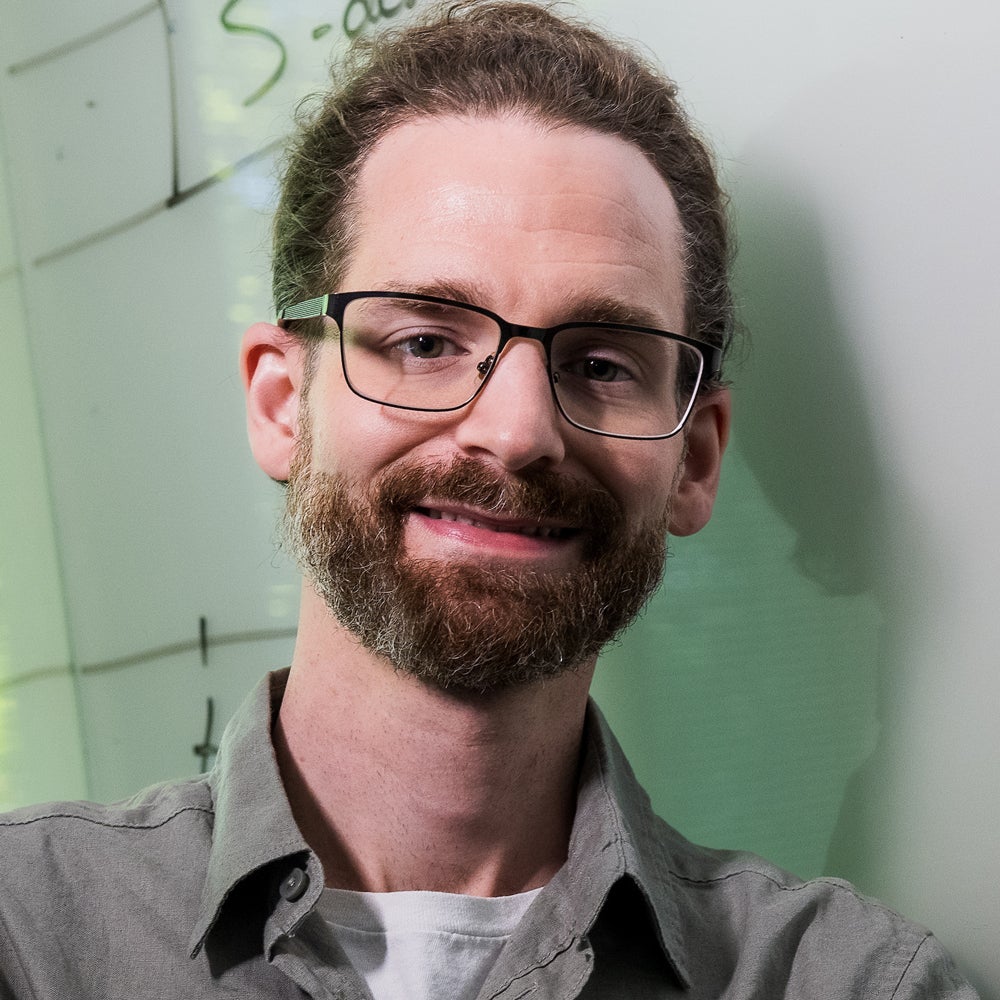
“To boldly go where no man has gone before.” This iconic line from “Star Trek” has inspired generations to dream beyond the stars — including Rice’s Andrew Long, an assistant professor of physics and astronomy, who studies the fundamental forces that shaped our early universe.
Long’s work sits at the intersection of elementary particles and cosmology, highlighting the limitations of existing theories in explaining our cosmos. “The standard model of physics is a framework that describes the properties of all known particles,” Long explained. “But there’s a problem with that paradigm: We know it’s wrong.”
While the standard model “works remarkably well in every scenario we tested,” it doesn’t account for dark matter, the invisible substance that makes up most of the universe’s mass. Although we cannot see it directly, we witness its effects — like galaxies rotating much faster than expected, suggesting the presence of unseen matter affecting the rotation.
The concordance model of cosmology acknowledges the existence of dark matter, but “we don’t know what the different pieces in the model, like dark matter, are,” Long said. His research bridges particle physics and cosmology to explore dark matter’s origins.
“A lot of what I am doing is trying to think about how dark matter was created in the tenth of a nanosecond after the Big Bang, during the electroweak phase transition,” he said. This transition marks the moment when the electromagnetic force and weak nuclear force, once unified, split into two. It’s believed that dark matter formed during this time. “This moment could have also given rise to the cosmological excess of matter over antimatter,” Long noted.

Antimatter consists of particles with the same mass as those in matter but opposite electric charge. While the laws of physics suggest there should be an equal amount of matter and antimatter, matter is far more abundant. “Why is there all this ordinary stuff here?” Long asked. “Why didn’t it annihilate against an equal amount of anti-stuff?”

This imbalance is more than a theoretical puzzle — it directly connects to why our universe exists as it does today. “One might think that studying that exotic regime in our cosmic infancy would be very removed from the world we live in,” Long said, “but it actually played an immensely important role in how we came to be.” If matter and antimatter had existed in equal parts, they would have annihilated each other, leaving no stars, no planets, no life. “It would be a much more evacuated universe than the one we see,” he explained.
Long’s work asks fundamental questions about the universe: “What is the world made up of?” and “How did it come to be this way?” He compares his inquiry to that of evolutionary biologists or historians: “We’re asking how the matter that actually makes up our planet formed. It’s the same spirit of understanding the origins of humanity — on the grandest scale.”
These big questions also open doors to collaboration. Long partners with materials scientists Jun Kono and Shengxi Huang to search for the axion, a hypothetical particle that may be a candidate for dark matter. Kono and Huang realized that the materials they work with could serve as axion detectors, prompting a joint effort with Long to use those materials in the search.
While Long isn’t commanding the USS Enterprise, he and his team of graduate and undergraduate students are exploring new frontiers in understanding our universe. “It's a privilege and an honor to spend my days thinking about how we came to be here,” he said, “and to contribute, in some small way, to humanity's understanding of the cosmos.”
— Sophia Straus ’28

